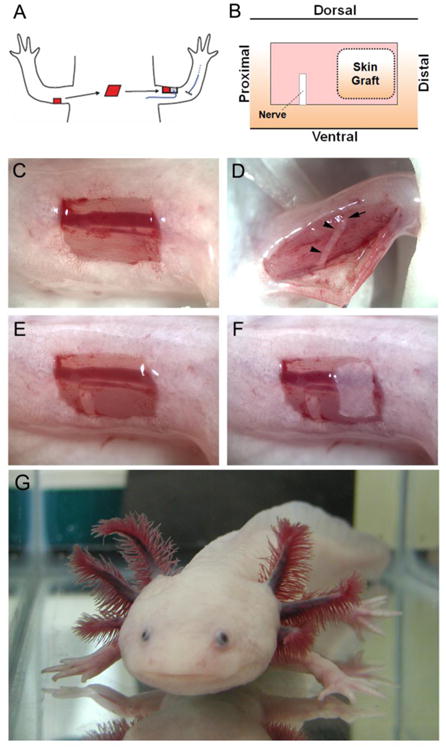Figure 1. The Accessory Limb Model (ALM) as a gain-of-function assay for the signals controlling regeneration.

Making an accessory axolotl limb (ALM; Endo et al., 2004). A, Ectopic limbs with normal pattern can be induced to form in response to a wound to which a nerve (blue) is surgically deviated, and a piece of skin (red) from the opposite side of the limb (posterior) is grafted into the host site (anterior) as indicated by the black arrows. B, Cartoon illustrating the final arrangement of wound, deviated nerve, and skin graft that will result in formation of an ectopic limb. C–F, In vivo images of the progressive surgical steps in the ALM beginning with the full-thickness skin wound (C) that will heal without forming an ectopic blastema. If this wound is provided with signals from a nerve (D, E) it will be induced to form an ectopic blastema that does not make skeletal elements. The brachial nerve (black arrows) is isolated surgically prior to being deviated (D), and then is deviated to the anterior wound bed (E). If a piece of posterior skin is grafted in combination with the deviated nerve (F as illustrated in B), it provides additional signals that are sufficient to generate a supernumerary limb as shown in (G) (two left arms). (With permission from: Bryant SV and Gardiner DM. Regeneration 2016, 3: 103–122) [45].
